 “A HARD DAY’S NIGHT” * Mrs. Miller * CAPITOL RECORDS (1966)
“A HARD DAY’S NIGHT” * Mrs. Miller * CAPITOL RECORDS (1966)
“LET’S HANG ON” * Mrs. Miller * CAPITOL RECORDS (1966)
![]()
 “A HARD DAY’S NIGHT” * Mrs. Miller * CAPITOL RECORDS (1966)
“A HARD DAY’S NIGHT” * Mrs. Miller * CAPITOL RECORDS (1966) ![]()
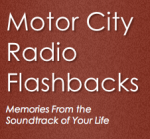 From the MCRFB news archive: 1965
From the MCRFB news archive: 1965
FM Radio Sales On Rise; Boom Forecast for ’66 – ’67
WILL FM BE TO RADIO what color is to TV?
Sales of FM radio has risen about 20 per cent each year in the last few years, while total radio sales have remained more or less “static” overall. There is now reason to believe that FM’s sales curve will increase more sharply in coming years, and it’s possible that by 1966 or 1967 we’ll be talking about the “FM boom” the way we talk about the “color boom.”
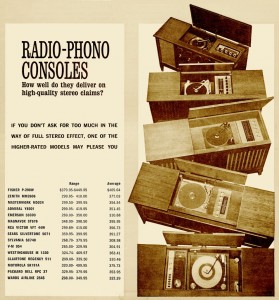
The FM radio production figures released by the Electronics Industries Association tell only about one-third of the story of FM’s rise, since they only include domestic brand table models, portables and clock radios. for the past five years it has been common practice to try to establish a reasonably accurate estimate of the total sales of “FM receiving devices” in the United States. This includes, in addition to simple radios, the number of component tuners, automobile FM sets, TV and phonograph-radio combinations and imports not included in domestic-label output.
In a Billboard column last August 15, it was estimated that FM sales for 1964 should hit about 6 million units, a 20 percent increase from the 5.1 million units of 1963. This is just about the way it turned out.
For 1965 it now appears that an increase of more than 25 percent — over 7.5 million units — is in prospect. Here are the estimates of 1964 sales of FM receiving devices, along with projected forecasts for 1965:
1964: Table, Clock and Portable – 2,100,000
1965: Table, Clock and Portable – 2,700,000
1964: Phono-radio combinations – 1,400,000
1965: Phono-radio combinations – 1,600,000
1964: Component tuners – 200,000
1965: Component tuners – 250,000
1964: Auto FM tuners – 460,000
1965: Auto FM tuners – 900,000
These figures are estimates, but they are currently the best available data where the FM trend is heading today. The forecasts for 1965 are based on where the radio medium is so far this year, along with some very solid indications of a further increase in FM’s share of the radio market.
The increase in the number of FM stations, the FCC edict calling for for separate large city FM-AM combinations (which, in effect, creates many new stations) the increased efforts by manufacturers and importers to merchandise FM radios because of higher profit margins — these all will have their effects. Taking up the various categories separately:
30 Per Cent Hike
There has been a 30 per cent increase in the table-clock portable (which also includes imports sold under domestic manufacturer’s names). This means that more than 25 per cent of all such radios sold this year will include FM.
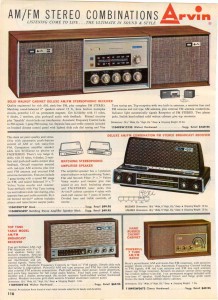
The phono-radio combination field will see an increase of about 14 per cent in FM-equipped units. This is a continuation of the trend, spawned by the introduction of FM-stereo, to include AM-FM stereo tuners or at least AM-FM mono tuners in all but the low-end combinations. More that 80 per cent of all console phonographs should have FM this year. Some major manufacturers no longer offer stereo console players without FM.
The component tuner category is an estimated guess, based on Census Bureau figures allocated for 1963 and numbers provided by manufacturers. It is estimated there will be a 25 per cent increase overall projected in this market.
In the automotive sector, the numbers have vastly increased in the automobile FM figures because of evidence that sales actually approached a half million last year. Most luxury cars — including Cadillac,Continental, Imperial and Corvette — were sold with FM radios, and FM became an accessory for most makes last year. Many Volkswagen and other German cars were sold with Blaupunkt FM-AM radios, and a sizeable after-market is developing. The number should double this year, due to the influence of enthusiastic home FM owners, a steady push by auto makers and continuing development of after-market sales.
The import portable, table-top model, clock-radio, transistor radio category consist mainly of Japanese-brand portables. Japanese manufacturers and American importers are pushing FM portables in an attempt to put profit back in transistor radios. It’s a reliable estimate that more than 15 per cent of Japan to U. S. radio shipments last year were FM sets. This year both importers and officials of the EIA of Japan predict that the total figure will be closer to 20 per cent increase in the number of FM radio imports.
The increasing proportion of FM sales can mean increased profit margins for dealers. And another known indicator is that FM radios resell themselves. The family with one FM set usually wants another.
As the FM boom gathers steam, it’s not only conceivable, but probable, that the majority of radio sales will be in the FM category — probably some time within the next five years. END
___
(Information and news source: Billboard; May 1, 1965)


![]()
Berkowitz Transits Cap Cities Sister FM Over to AM 760 WJR
DETROIT — GARY BERKOWITZ will soon be putting all of his energies into Cap Cities/ABC News/talker/WJR Detroit. He will be leaving the operation of sister hit outlet WHYT to a yet-unamed PD. “It was a difficult decision to make,” say Berkowitz. “I love WHYT and it’s format and I’m very proud that we’ve set it up so it can run all by itself.” With regard to leaving the operations manager post at WHYT to concentrate on the same responsibility for WJR, Berkowitz says, “I will be nice to have just one job, and the WJR post will put me in a better position to get closer to a GM spot.“
In the meantime, Berkowitz will be helping WHYT’s newly named GM, John Cravens (Billboard reference below), find a suitable PD for the top 40 station. END
___
(Information and news source: Billboard; October 18, 1986)
___
“John Cravens is named president/general manager of hit outlet WHYT Detroit. Craven joins the Cap Cities/ABC outlet from the VP/GM post at Malrite’s KSRR Houston.”
(Billboard; October 11, 1986)
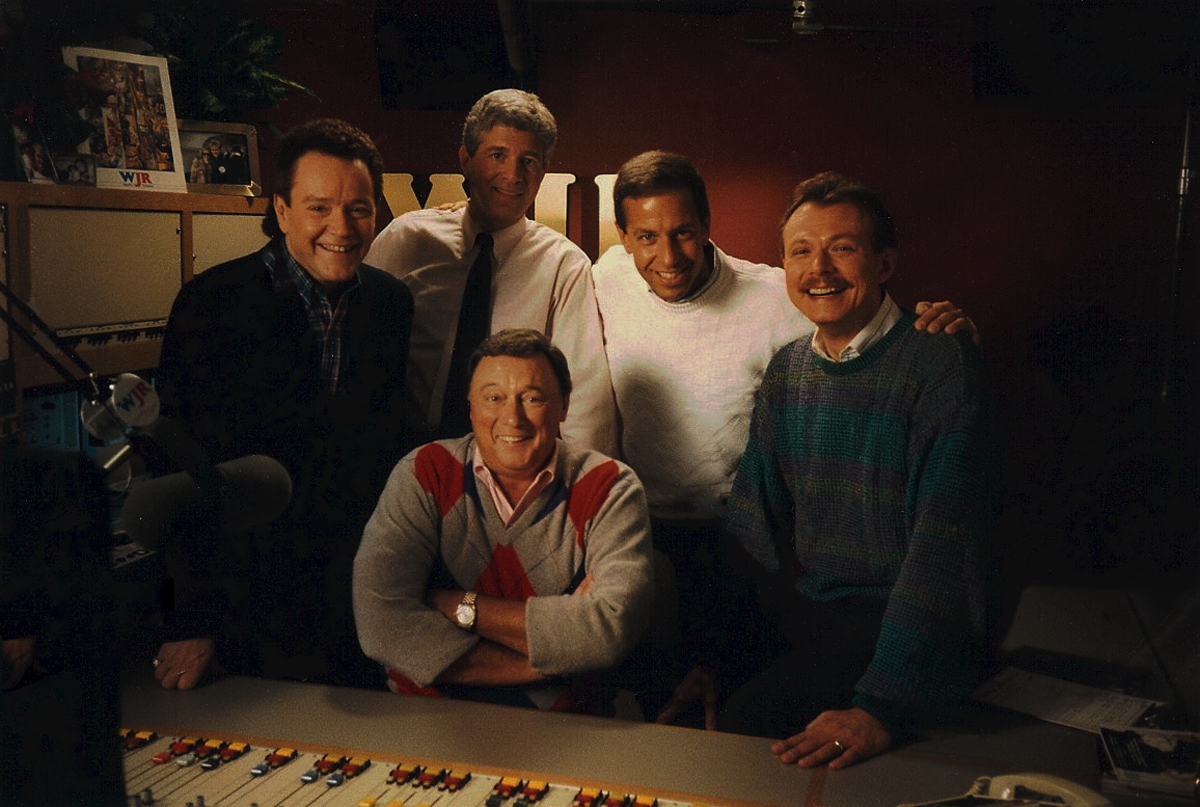

![]()

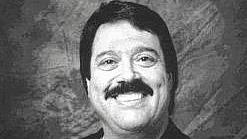
L E E M A R S H A L L wasn’t born Tony The Tiger.
With his magnificent basso profundo reverberating in wrestling arenas and radio newsrooms for decades, he had to earn his stripes.
Marshall, who first voiced the Kellogg’s Frosted Flakes icon in 1999, died April 26 at a Santa Monica hospital. He was 64 and had esophageal cancer, his son Jason Marshall VanBorssum said.
A sports broadcaster and a rock ‘n’ roll deejay as well as a ring announcer and voiceover artist, Marshall spoke in deep, rich, practically evangelical tones that turned out to be ideal for selling cereal and a whole lot more.
“If God ever wanted to make a speech,” former Los Angeles Dodgers manager Tommy Lasorda once quipped, “Lee Marshall would get the call.”
The original Tony the Tiger was an actor named Thurl Ravenscroft, whose line “They’re g-r-r-r-e-a-t” resonated across the airwaves from 1952 until months before his 2005 death at age 91. In interviews, Marshall said he started helping out as Tony when Ravenscroft was in his 80s and had an increasingly difficult time with dialogue.
MCRFB note: For the rest of this LA Times Lee Marshall obituary (May 06, 2014) please go here.
![]()